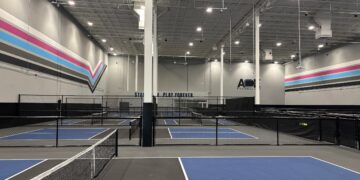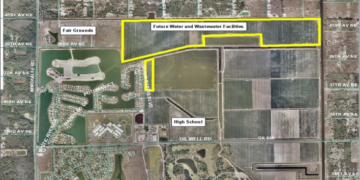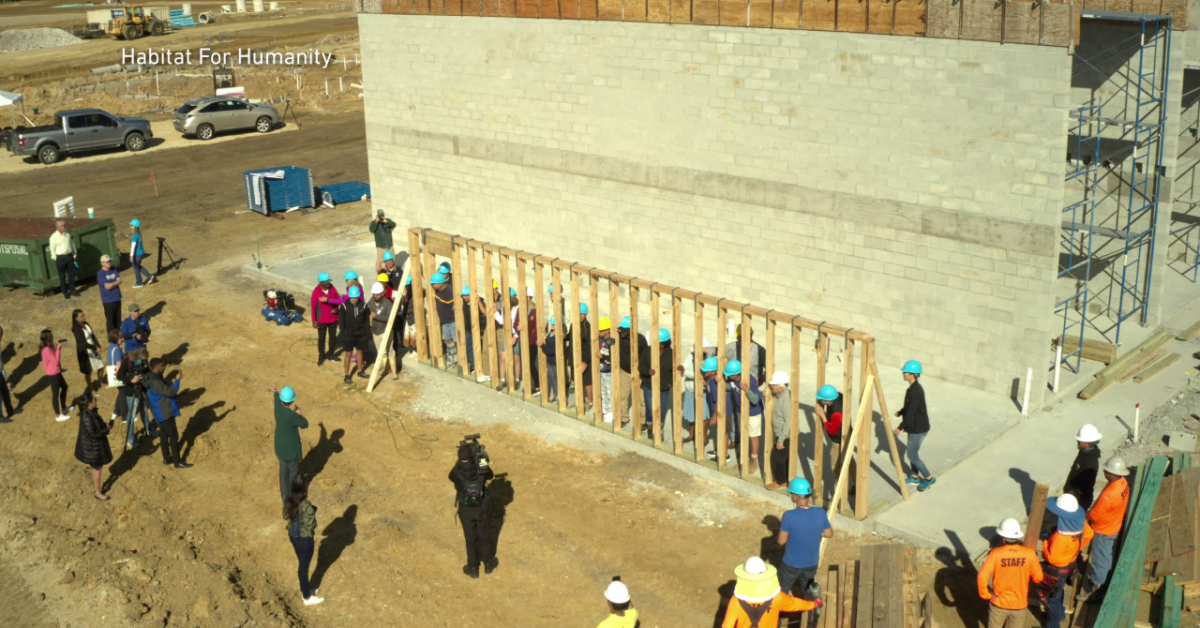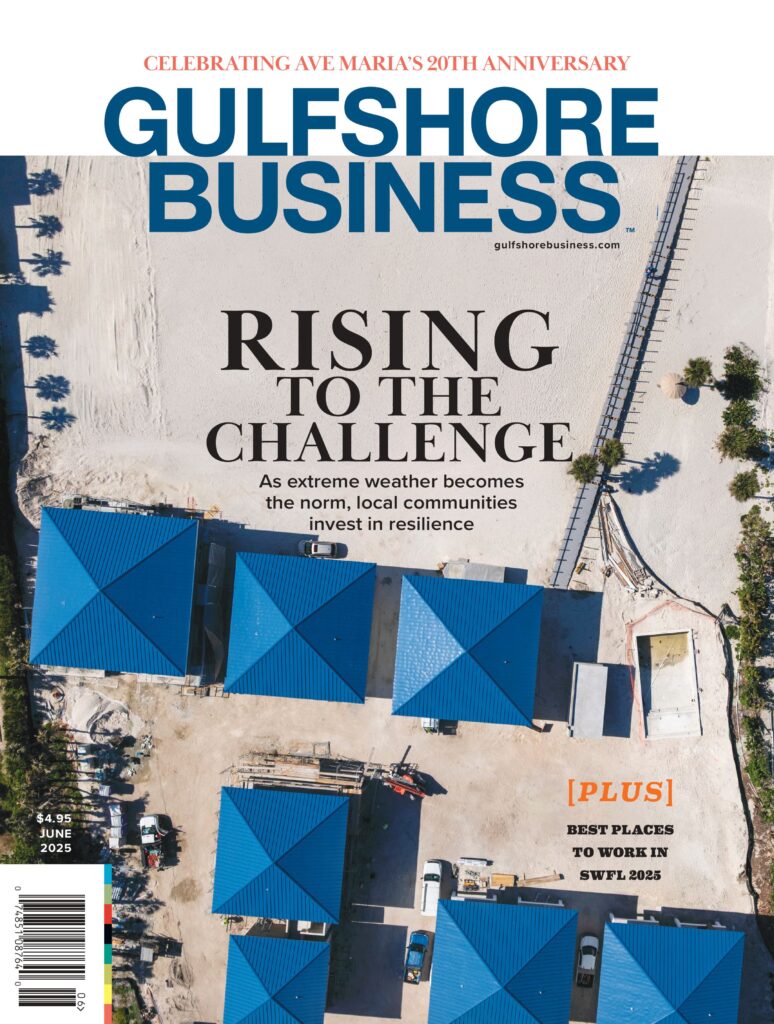Habitat for Humanity of Collier County has been providing access to affordable homeownership for about 45 years, serving a total of around 2,500 families. The nonprofit prides itself on having 13 active subdivision associations serving those who make less than 80% of the county’s average median income, which is $100,000 for a family of four.
Due to inflationary construction costs and the need for more diverse housing, Habitat of Collier seeks to provide housing for those making more than the 80% income cap.
Last week, the nonprofit hosted a wall-raising ceremony for Kaicasa, a neighborhood planned for 281 affordable homes on a 100-acre parcel in Immokalee on the north side of State Road 29 and directly east of Farm Worker Village.
Habitat of Collier purchased the property in 2004 and a development plan was approved in 2007. It was agreed upon in 2007 that the income cap for those who could buy in Kaicasa was 60% of the average median income. Now, the organization is looking to increase the cap to 120%.
“The idea of allowing some flexibility really is forward thinking,” Habitat of Collier CEO Lisa Lefkow said. “What we know is that our entire community is challenged. … So we know that the missing middle, that 100% to 140% of area median income, is equally challenged in finding access to affordable home ownership.”
This desired change is aimed to align with the policy of Habitat for Humanity which is to provide homeownership opportunities that are affordable to a mix of income levels. Kaicasa would become the first Habitat of Collier County neighborhood that houses families with an income over 80% of the average median income.
Rising construction costs are also a factor in the proposed increase in income cap. “I can tell you right now, at 60% of [area median income] we would not be able to sell homes. The math just simply doesn’t work to build homes and be able to sell them to all families making less than 60% of AMI,” Lefkow said. “The economics of construction today are very different than the economics of construction in 2007.”
Serving a wider portion of the county workforce is something that has been consistently requested by the community of Habitat Collier.
“You’re talking about teachers, first responders, folks who are young professionals in this community. They make more than 80% AMI but they still have no place to enter into the homeownership market in Collier County,” Lefkow said. “We are simply responding to what we have been hearing for many years.” 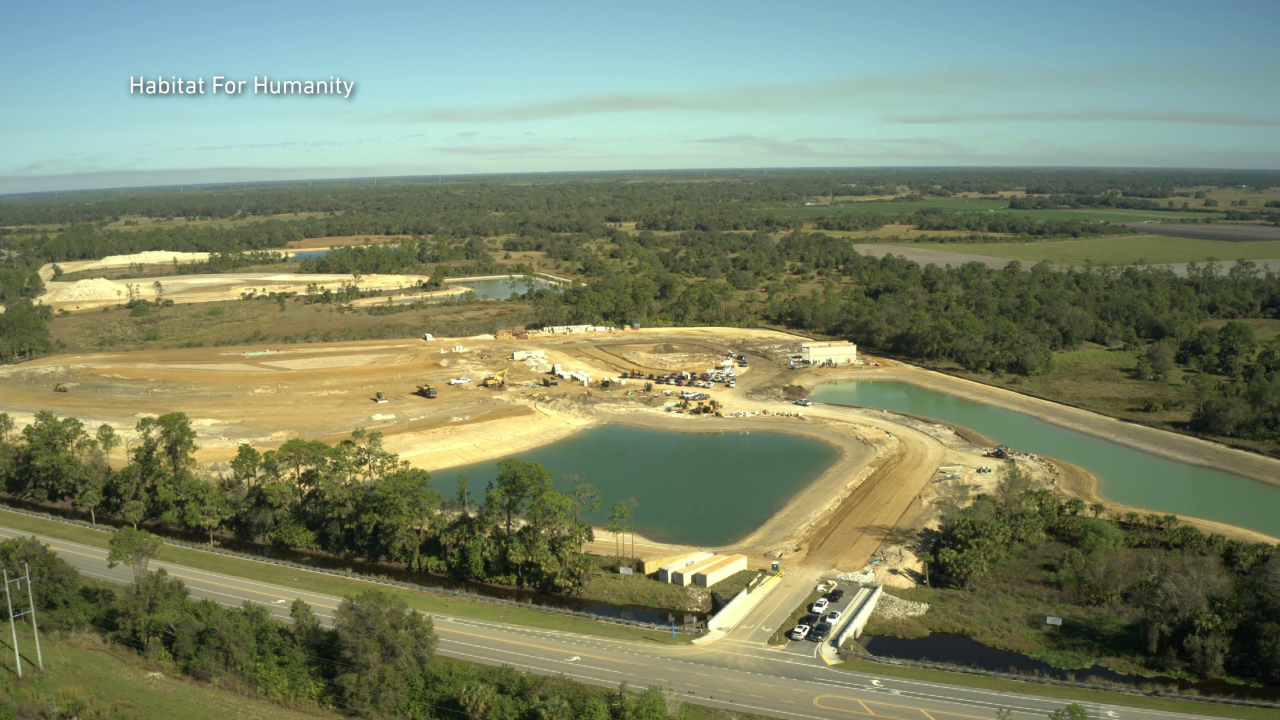
Obtaining a Habitat for Humanity home requires more than showing a need for affordable living. Potential owners pay a mortgage and complete 500 hours of sweat equity hours. However, what the organization is seeking with Kaicasa caused some uneasiness within the county’s planning commission, which held a hearing Thursday.
“One of our concerns is that you’re one of the hopes for the people at the lowest end for housing, affordability, for homeownership,” Commissioner Robert Klucik said. “And we’re nervous, or concerned, that by inching it up that’s not a good thing because we all know how hard it is for people to buy homes. And so you’re one of the primary providers to help make that American dream possible for people at the lower end.”
Vice Chair Joseph Schmitt, who was the Growth Management Division administrator in 2004 when the land for Kaicasa was rezoned, said Habitat for Humanity will keep itself accountable by still providing mainly for lower income households despite the increased cap.
“I am confident that you and those who screen applicants will take into account to ensure that there is diversity across the board,” Schmitt said. “I’m concerned about the fact that if Habitat did focus on 60 and below, 80 and below, it becomes a concentration of low-income housing. And I don’t think we want that.”
Lefkow said keeping the income cap at 60% of the average median income isn’t feasible for Kaicasa. The principal payment of a habitat house, which comes without interest, is determined based on income, but doesn’t exceed 30% of the family’s income.
“Quite frankly, if you decide to leave the [planned unit development] restrictions as they are, we would stop building,” Lefkow said. “We cannot economically build and provide a deliverable with such vast delta between access to affordability at 60% of AMI and the cost of construction today.”
The planning commission unanimously voted to approve the change in Kaicasa’s income cap from 60% average median income to 120%.
“We are simply forward thinking and responding to what we’ve been hearing from you and from the wider community that there is nobody providing access to homeownership to that missing middle income,” Lefkow said. “And so we are saying, let’s see if this is the moment when Habitat may be able to expand its ministry, may be able to offer greater economic diversity in the neighborhood, bringing long term success. Our mission remains exactly the same. We’ve done this for 45 years. We are going to continue to focus on serving those with the greatest need.”
This change will need approval by the Collier County Board of Commissioners.

